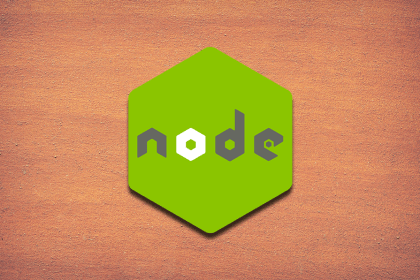
The Google Gemini AI model has integrated AI-powered features to improve the debugging experience in web development.

The Node.js 24 release included significant updates. Explore 10 features you might not be using yet — but absolutely should be.

Explore six of the best, easiest, most configurable, and convenient CSS animation libraries available in 2025.

A critical auth bypass vulnerability in Next.js lets attackers skip middleware checks by faking the x-middleware-subrequest header.

Build a secure file upload system using Astro’s server-side rendering, Cloudinary’s SDKs, and native integration.

useSearchParams in ReactLearn about React Router’s useSearchParams Hook, and how it helps you manage state through the URL for a more resilient, user-friendly app.

Discover what’s new in Node.js 24, including major features, improvements, and how to prepare your projects.

Build agentic AI workflows with Ollama and React using local LLMs for enhanced privacy, reduced costs, and offline performance.

Learn when to choose monorepos or polyrepos for your frontend setup by comparing coordination, dependency management, CI/CD requirements, and more.

Today, we’ll be exploring the Open-Closed Principle: from the criticisms around it, its best use cases, and common misapplication.

Explore how AI-driven testing tools like Shortest, Testim, Mabl, and Functionize are changing how we do end-to-end testing.

Examine the difference between profit vs. cost center organizations, and the pros and cons these bring for the engineering team.